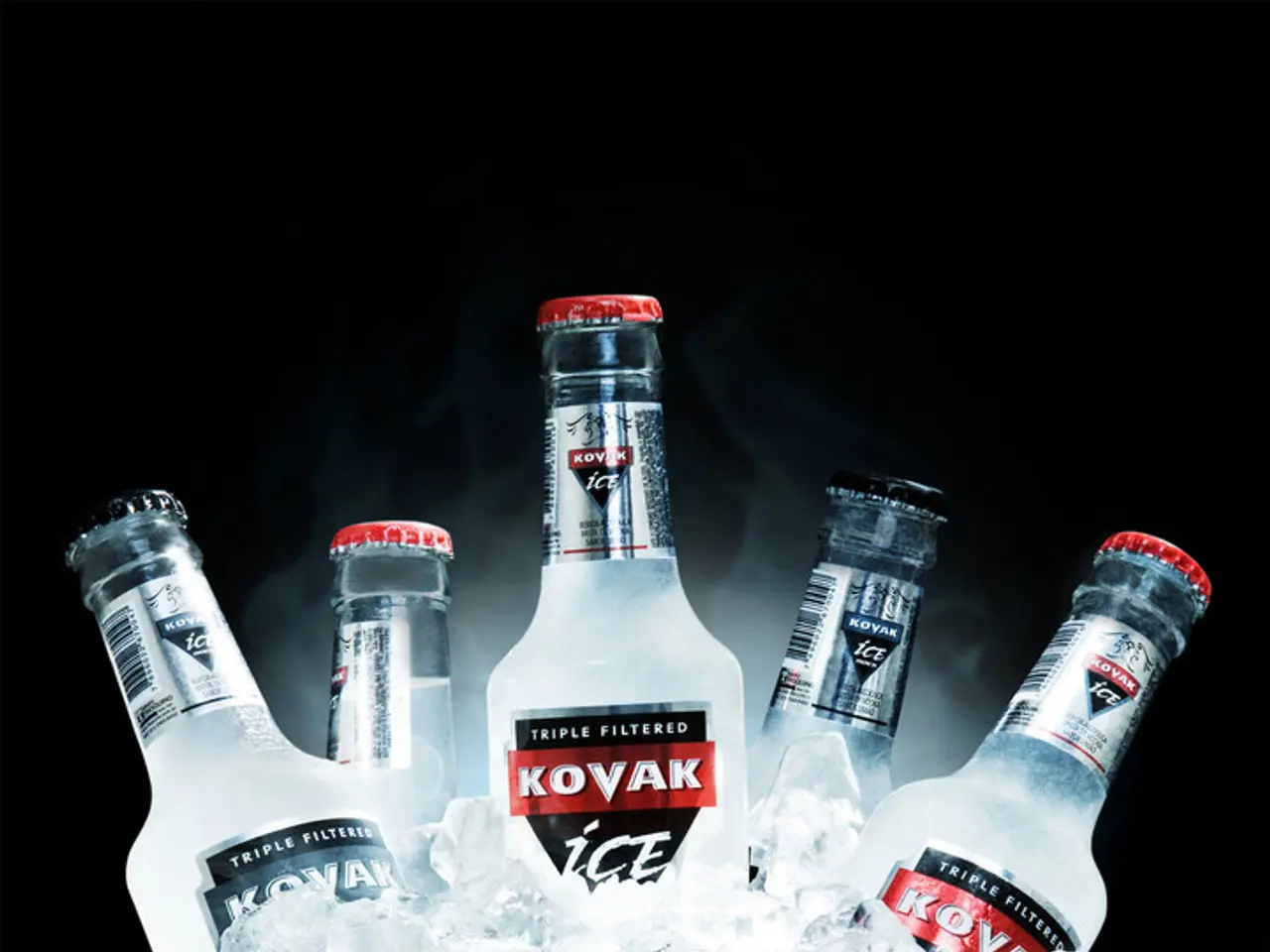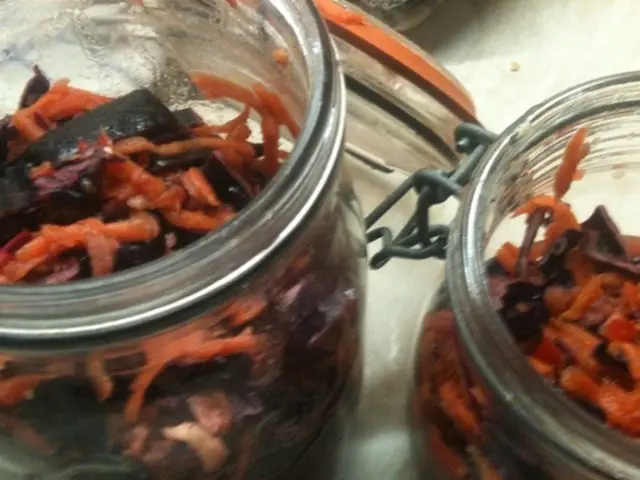Exploring Lowering of Freeze-Point in Watery Mixtures
In the world of science, freezing point depression is a fascinating phenomenon that plays a crucial role in various practical applications, from deicing to cryopreservation. This process involves the lowering of the freezing point of a liquid when a solute is dissolved in it.
When it comes to deicing, common substances like salt and calcium chloride are employed to lower the freezing point of ice and snow. These materials disrupt the icy bond, causing ice to melt due to freezing point depression. In the realm of cryopreservation, a technique used for preserving cells and tissues at ultra-low temperatures, freezing point depression is relied upon to minimize damage to these delicate biological materials. Solutes such as sodium chloride, calcium chloride, and ethylene glycol can depress the freezing point of water.
The extent of freezing point depression is primarily determined by the number of dissolved particles per unit solvent, known as molality, and whether the solute dissociates into multiple particles, as represented by the van't Hoff factor. While molecular weight and solvent properties influence the extent of freezing point depression indirectly, the key determinants are the number of dissolved particles and the van't Hoff factor.
Interestingly, the entropy of fusion, the increase in disorder as molecules become more mobile when heat is added to ice, causing it to melt, also plays a role in this process. The enthalpy of fusion, the energy required to break apart the crystalline structure of ice and turn it into a liquid, is another important factor to consider. However, the ultimate decider of whether or not melting will happen is the Gibbs free energy, which takes into account both enthalpy and entropy.
In biological solutions, understanding the relationship between solubility, ionic compound dissociation, and solvation is essential for comprehending freezing point depression. Ions associated with solutes count as separate guests in the freezing point depression process. Higher temperatures lead to less freezing point depression as they give the molecules more energy to break free and form ice. Solutes with higher molecular weights struggle more to move around, making it harder for the liquid to freeze.
To summarise, freezing point depression is a vital concept that affects everyday life in numerous ways. By understanding how it works, we can harness its power to preserve delicate biological materials, keep roads safe during winter, and even protect car engines from freezing at low temperatures.
Science delves into medical-conditions and health-and-wellness with the use of therapies-and-treatments that rely on freezing point depression, much like in cryopreservation. Moreover, environmental-science posits that freezing point depression is integral to mitigating climate-change effects, such as preventing ice build-up in polar regions. Data-and-cloud-computing plays a crucial role here, contributing to models that predict the impact of various substances on freezing point depression. Lastly, advancements in technology are pivotal in enhancing the understanding and application of freezing point depression, from innovative deicing solutions to cutting-edge environmental monitoring systems.




